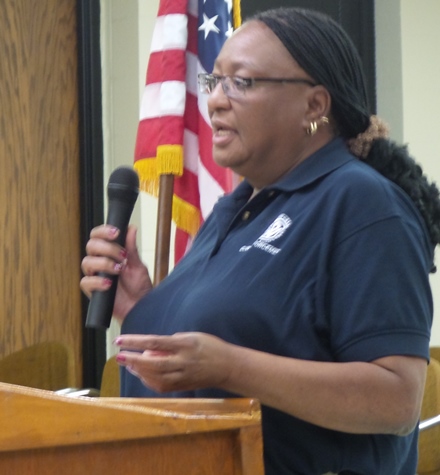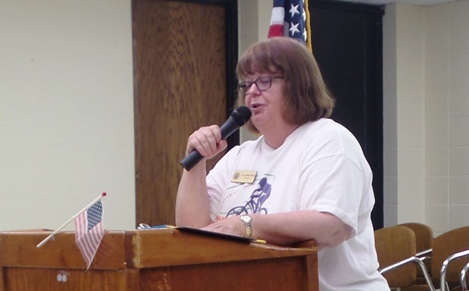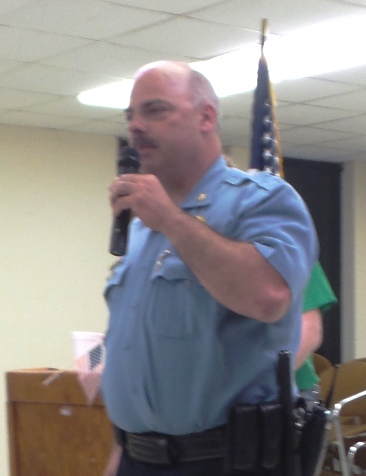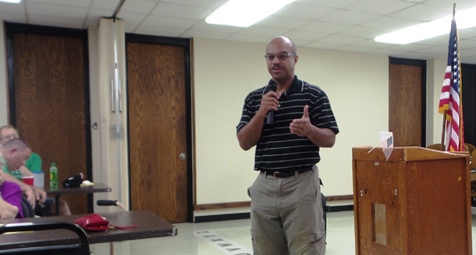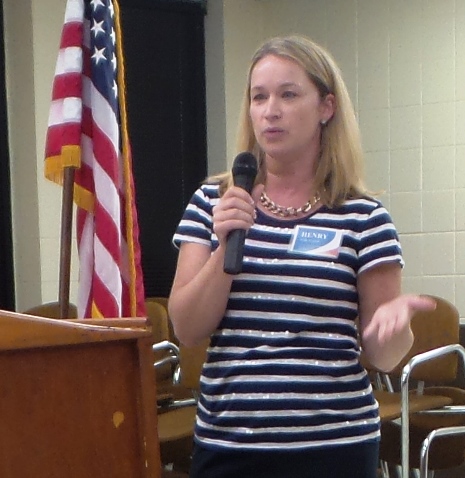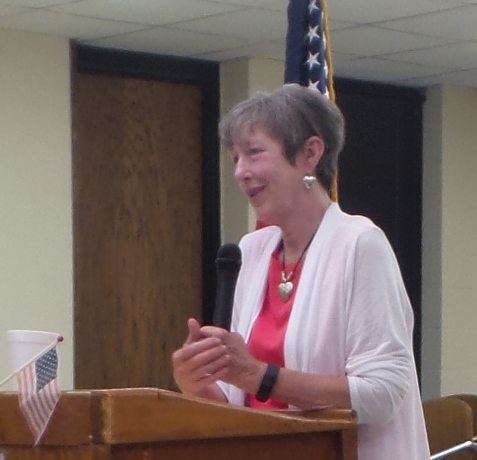Window on the West
Opinion column
by Mary Rupert
The state law will be changing July 1 on eyewitness identification and testimony in Kansas.
The legislation passed this year through efforts by State Sen. David Haley, D-4th Dist., and was signed into law by the governor.
“Wrongful convictions are often based on erroneous eyewitness identification,” Sen. Haley said.
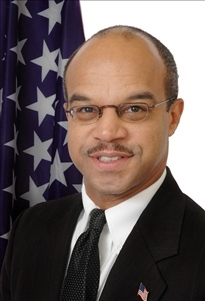
He said that the Innocence Project, a national organization lobbying on behalf of those who are wrongfully incarcerated, estimated that two-thirds to three-quarters of all wrongful convictions were due to erroneous eyewitness testimony.
“I am committed to reducing the number of those wrongfully convicted of crimes they didn’t commit,” he said.
Sen. Haley said recently that although much of the legislation introduced by Wyandotte County legislators faces a hostile, stifling environment in Topeka, there are a few of his bills that pass.
“I take pleasure in small accomplishments,” he said.
The change in eyewitness identification policy that goes into effect July 1 was brought to Sen. Haley’s attention by Alvin Sykes, a human rights activist in Kansas City, Kan.
Sykes said the Innocence Project brought it to his attention, then he brought it to Sen. Haley’s attention.
An award is scheduled to be presented tonight by the Innocence Project to Sen. Haley in Excelsior Springs, Mo., in recognition of his leadership and advocacy, with Sykes to accept it on his behalf.
Sykes said that law enforcement agencies will be issuing written policies on eyewitness identification under the provisions of this new law. The bill had the support of some major law enforcement officials in the state.
For example, instead of asking an eyewitness which one of the persons in a lineup is the one he saw, the law enforcement agencies will have to let him know there also may be no one in the lineup that he saw.
The law recommends that an officer follow a “blind” procedure for lineups, in which he doesn’t look at the person being viewed by the witness, in order not to give the witness cues.
Also, those who are not suspects and are appearing in the lineup should match the description given by the eyewitness, according to the guidelines.
In addition, the new law recommends the eyewitness make a statement to the officer right after viewing the lineup as to his confidence in the identification, and that the officer write out a statement exactly quoting what the witness said about his confidence level.
Many organizations have signed off on these guidelines as best practices, according to a statement from the Innocence Project, including the International Association of Chiefs of Police, Kansas County and District Attorneys Association and National Academy of Sciences.
According to the Innocence Project, DNA evidence has proven some of the wrongful convictions. While some persons were put into prison for crimes they didn’t commit, those who actually committed the crimes went on to commit additional violent crimes of which they were later convicted.
“About 8 percent of the people, those currently incarcerated, actually are wrongfully convicted,” Sen. Haley said. “If you think about it, if it’s just one of 8 percent, it’s a nightmare, a high average.”
With more than 10,000 people in Kansas prisons currently, if the statistic holds up, it means that 800 people are currently in Kansas prisons that did not actually do the crime they were convicted of, Sen. Haley said.
“To me, 1 percent is too high,” Sen. Haley said. “If you’re one of the 800 people in a Kansas prison, it’s too high.”
To reach Mary Rupert, editor, email [email protected].


